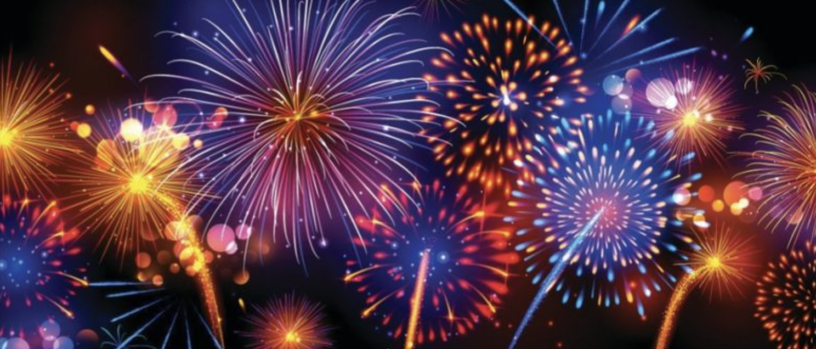For most people, New Year’s Eve is a time for celebration and looking to the coming year with hope. Japanese people share that hopeful outlook, and both New Year’s Eve and New Year’s Day are a time to celebrate and observe tradition. In Japan, people usher in the New Year by eating special foods, listening to the temple bells ring 108 times, and hoping for a lucky dream on the night of January 1st.
Japan’s New Year Foods
Like many countries, Japan has special foods that are eaten on New Year’s Eve to help bring luck in the coming year. Two of the most popular are Toshikoshi Soba and Osechi. Toshikosha Soba is made of buckwheat noodles in a rich broth. The toppings on the noodles can vary, but you will often see green onion, egg or tempura.
Osechi is a brightly colored assortment of foods, typically arranged in a fancy black bento box. Foods in osechi vary based on region and personal preference, but usually include sweet black beans and shrimp. Foods in osechi are also symbolic. The black beans represent hard work (a highly valued trait in Japan), and the shrimp symbolize longevity. You will often see foods that are red too, since the color red is lucky in Japan.

Ringing in the New Year, Literally
In Japan, ringing in the new year is taken quite literally. In fact, there is an ancient custom called Joya no Kane. In this tradition, the temple bells (kane) are rung 107 times on New Year’s Eve, and then once at the stroke of midnight to usher in the new year. Many Japanese people go to a temple or shrine to hear the New Year’s bells, which begin at about 11pm. The bells are said to usher out the bad, purify the heart, and pave the way for the new.
The Japanese also practice the New Year’s tradition of Hatsumōde, which is the first temple or shrine visit of the new year. It’s taken very seriously, and to the Japanese, it’s a bit like starting the year off on the right foot. Prayers are offered for luck, success and health. Japanese people also often clean their house, pay off any debts, and visit family on New Year’s Day.
Lucky Dreams
Another important New Year-related belief in Japan is called Hatsuyume. This belief says that your first dream in the New Year can foretell what your year is going to be like. Supposedly, if you dream about Mount Fuji, a hawk, or an eggplant, it will be a lucky year for you. Scholars aren’t really sure where these lucky dream symbols came from originally, but know they have been important for centuries. Though not as prolific, dreaming of a fan or tobacco also means you’ll be lucky in the New Year.

I don’t know about you, but I’m going to have eggplant for dinner and watch a nature special about hawks as I fall asleep tonight! Happy New Year from Japanalytic!
Sources: https://www.chion-in.or.jp/en/
Video: Chion-in Temple (YouTube)

Follow us for more fun and interesting content! We post daily!
You can find us on Facebook & Instagram @Japanalytic

